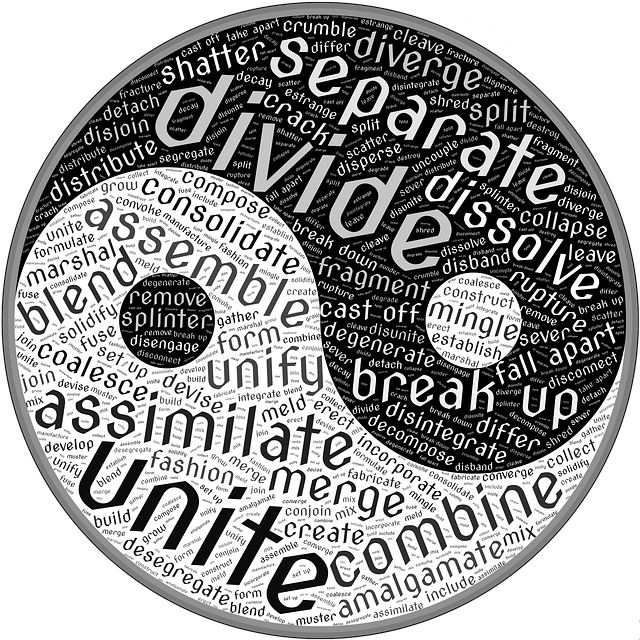The unified atomic mass unit, defined as one twelfth the mass of a carbon-12 atom, serves as a standard reference for quantifying the masses of atoms and molecules, facilitating comparisons across the diverse elements of the periodic table.
12C was chosen in 1961 as the standard reference because it has a high relative isotopic abundance, which makes it easier to isolate for measurement. Another reason for the choice of 12C is that it was already used as a reference standard in mass spectrometry prior to its selection.

Thus, 12C was arbitrarily assigned a value of exactly twelve unified atomic mass units or 12 u. Everything seems in order after this definition, but how is the carbon-12 unified atomic mass unit scale relevant to a chemist who is more familiar with calculating and measuring the inertia mass of macroscopic amounts of chemicals in the laboratory?
